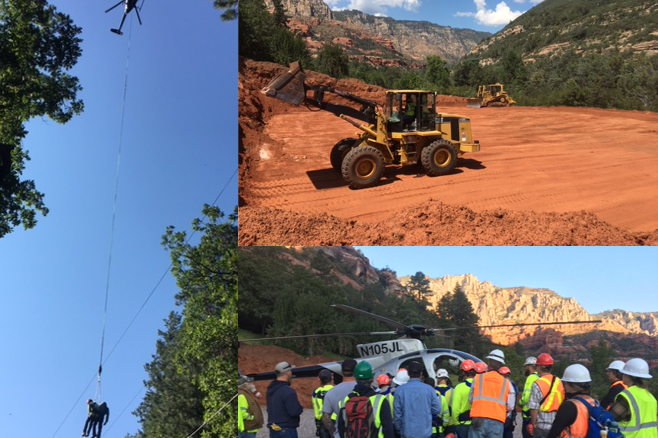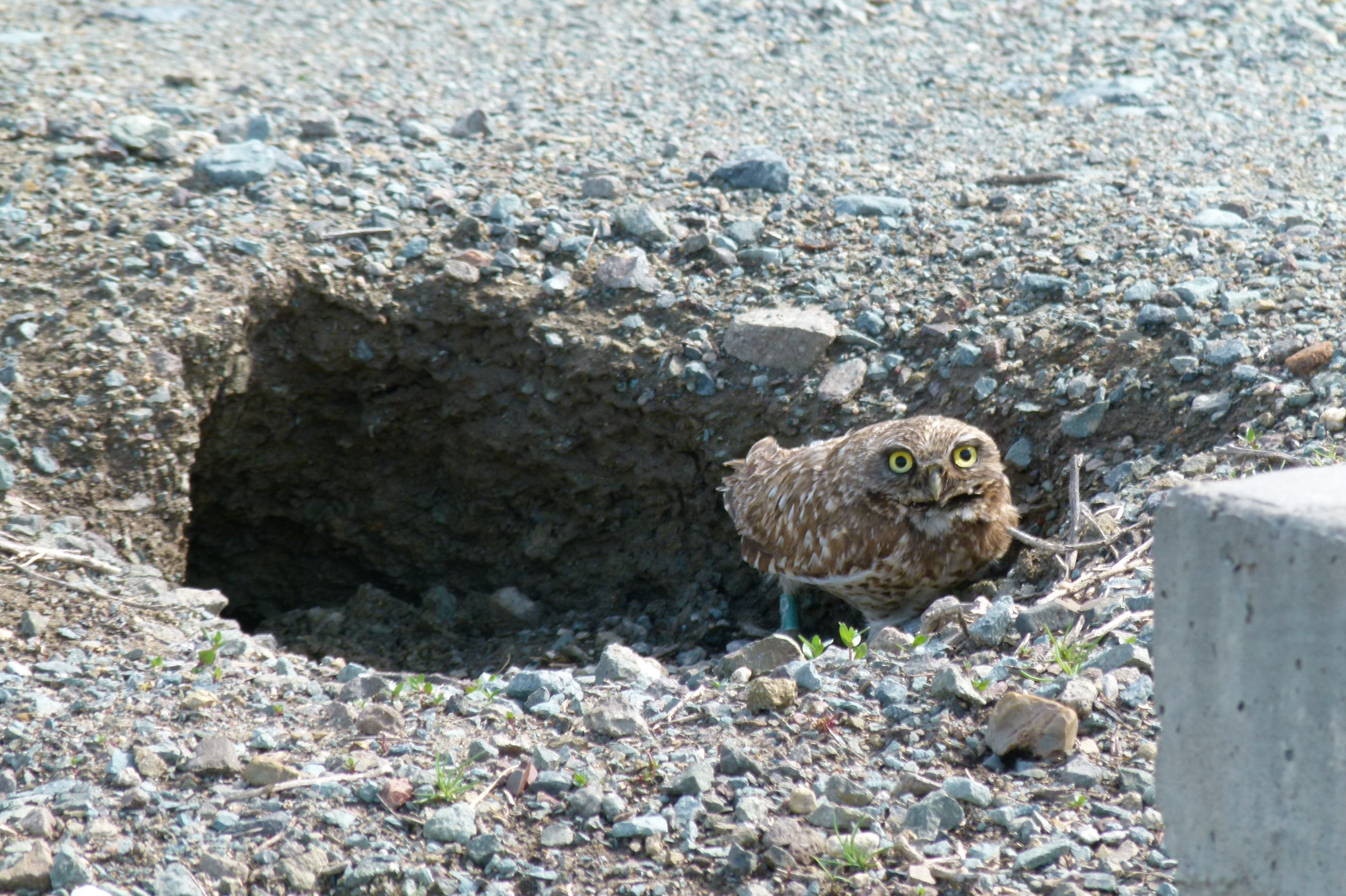Natural and Biological Resources Management, Compliance, and Planning
We provide all facets of natural resource compliance:
– Environmental Studies and Planning
– Threatened & Endagered Species Surveys and Monitoring
– Federal and State Agency Consultation
– Vegetation Management
– Surveys for Species of Concern and Migratory Birds
– Jurisdictional Determinations and Wetland Delineations
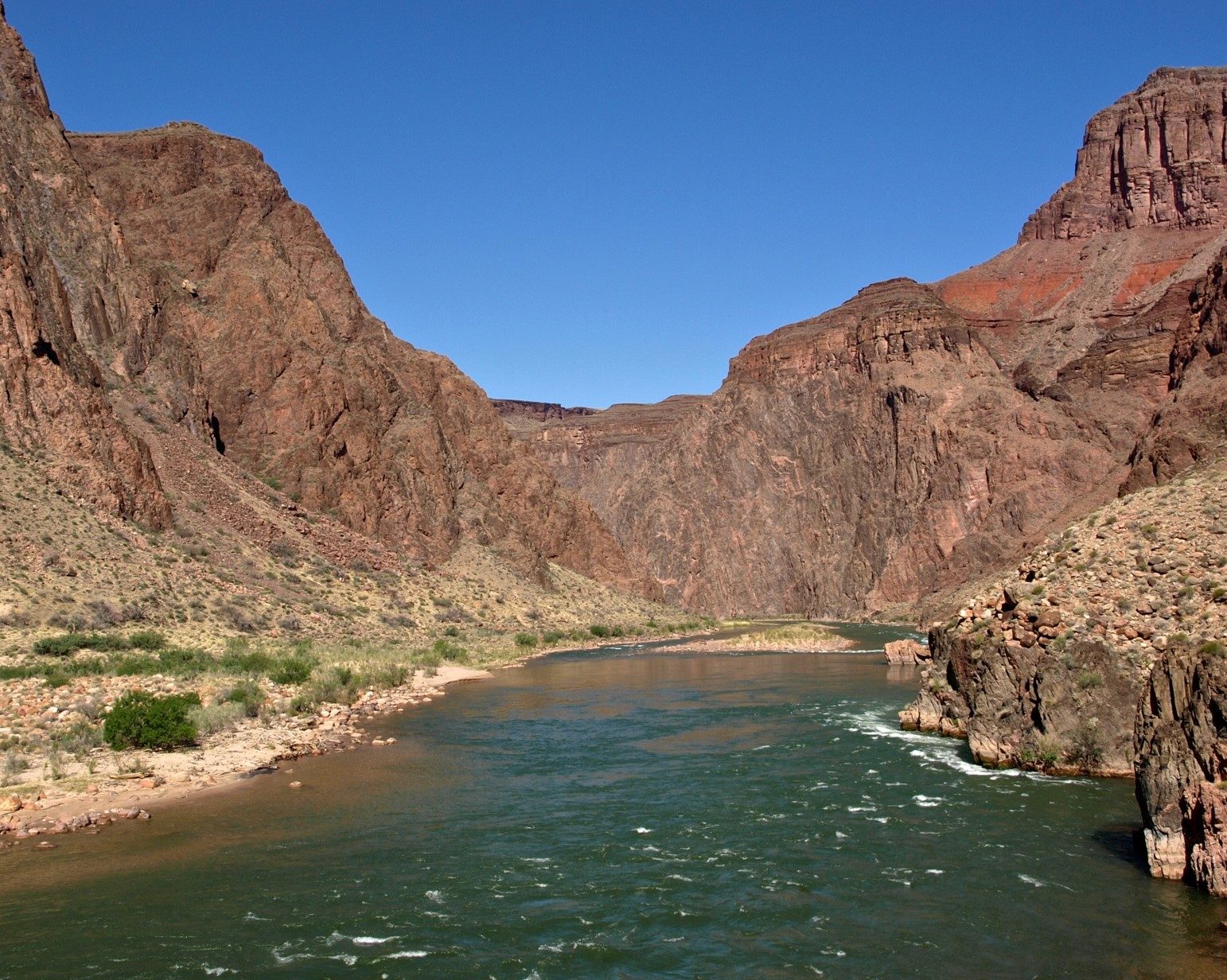
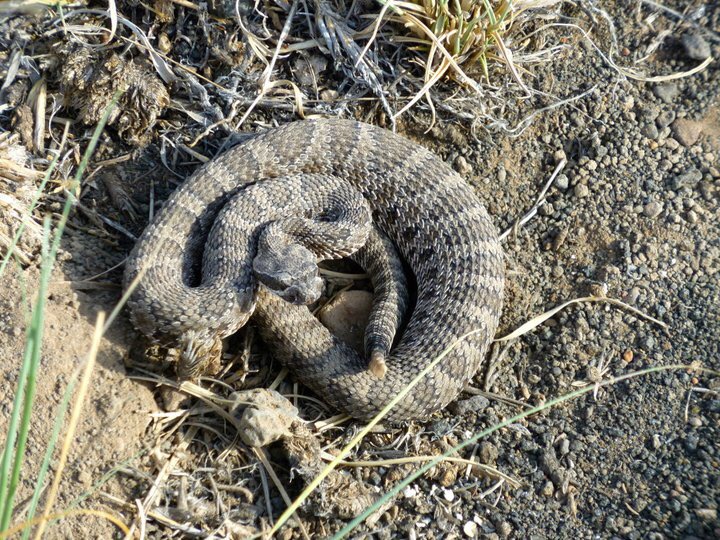
Areas of Expertise
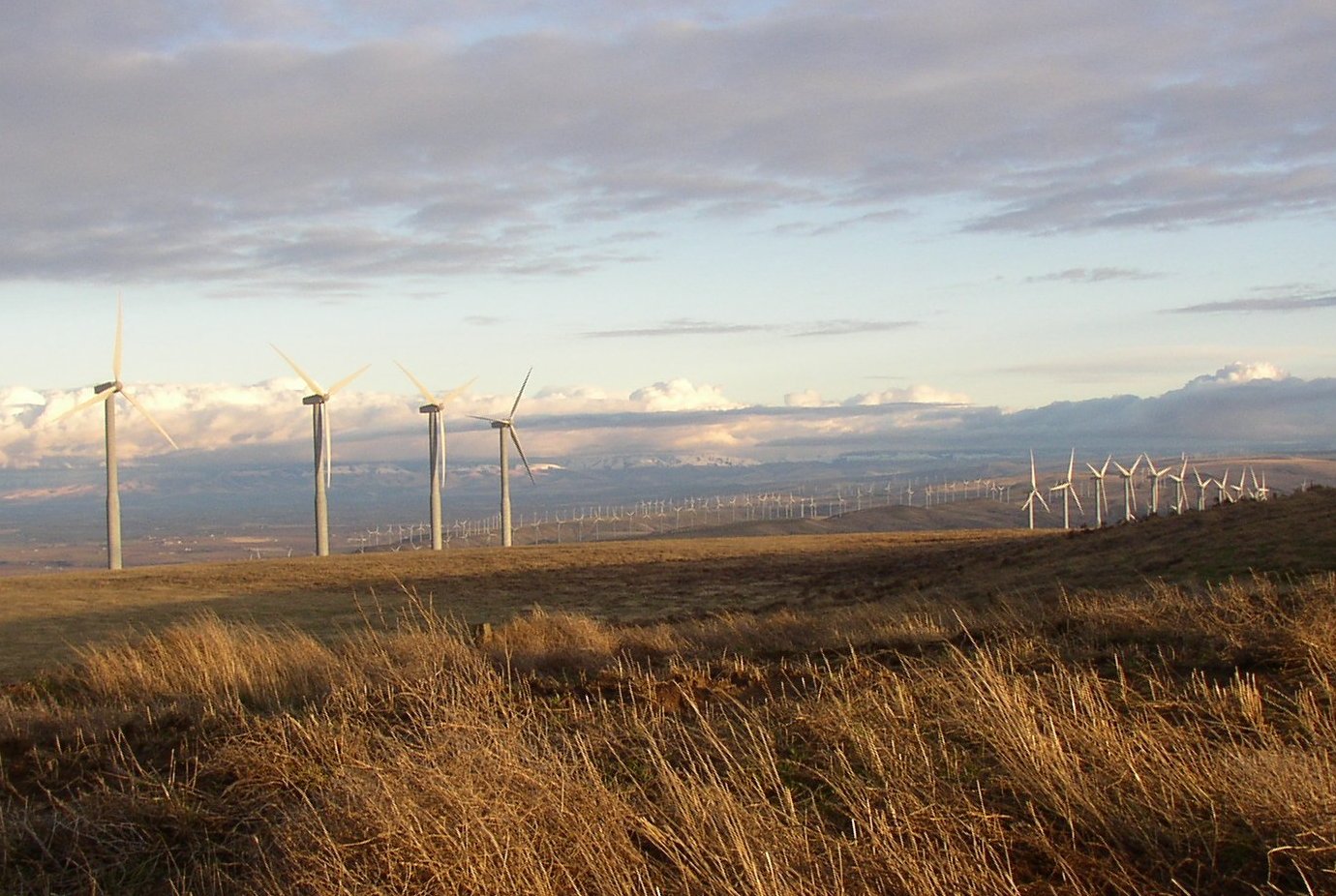
ENVIRONMENTAL STUDIES AND PLANNING
We provide:
– Environmental law compliance and planning
– NEPA analysis and documentation
– Natural resource surveys and reporting
– Due diligence/fatal flaw/feasibility studies
– Phase I Environmental Site Assessment (Phase I ESA)
– Reclamation and restoration planning
– Land and resource management plans
– Environmental monitoring and inspection
– Airport Wildlife Hazard Assessments (WHAs)
– Wildlife Hazard Management Plans (WHMPs)
– Fire Management and Rehabilitation Plans
– Habitat Restoration and Creation
– Outdoor Recreation Planning
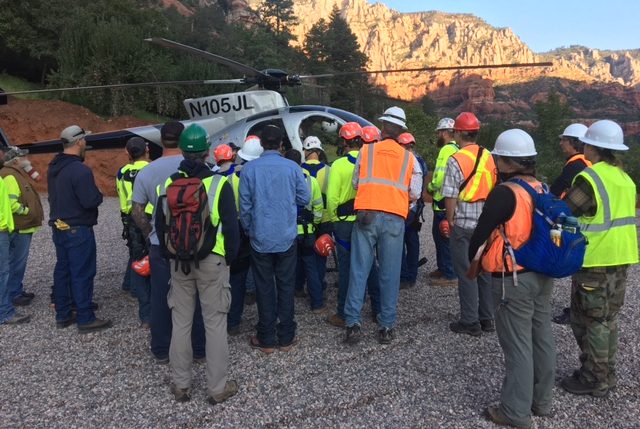
THREATENED AND ENDANGERED SPECIES
Presence, absence, habitat surveys, and consultation for Federally listed species Permits to survey/inventory for threatened and endangered (T&E) species, including:
– Mexican spotted owl
– southwestern willow flycatcher
– yellow-billed cuckoo
– Chiricahua leopard frog
– Mojave desert tortoise
– Narrow-headed gartersnake
– Northern Mexican gartersnake
– and more…
Biological Assessments for:
– survey results and habitat assessments
– formal and informal consultation with USFWS
– Clean Water Act (CWA) Nationwide Permits
– Pre-Construction Notifications

FEDERAL AND STATE AGENCY CONSULTATION
Our professionals facilitate efficient consultation and work in tight deadlines to deliver on time / within budget. Our specialists serve as agency liaisons:
– NEPA compliance projects
– ESA Section 7 USFWS consultations
– ESA Section 10(a) permits for USFWS
– CWA Section 404 compliance through USACE
– State game and fish department coordination
– Federal agency biologists and resource professionals
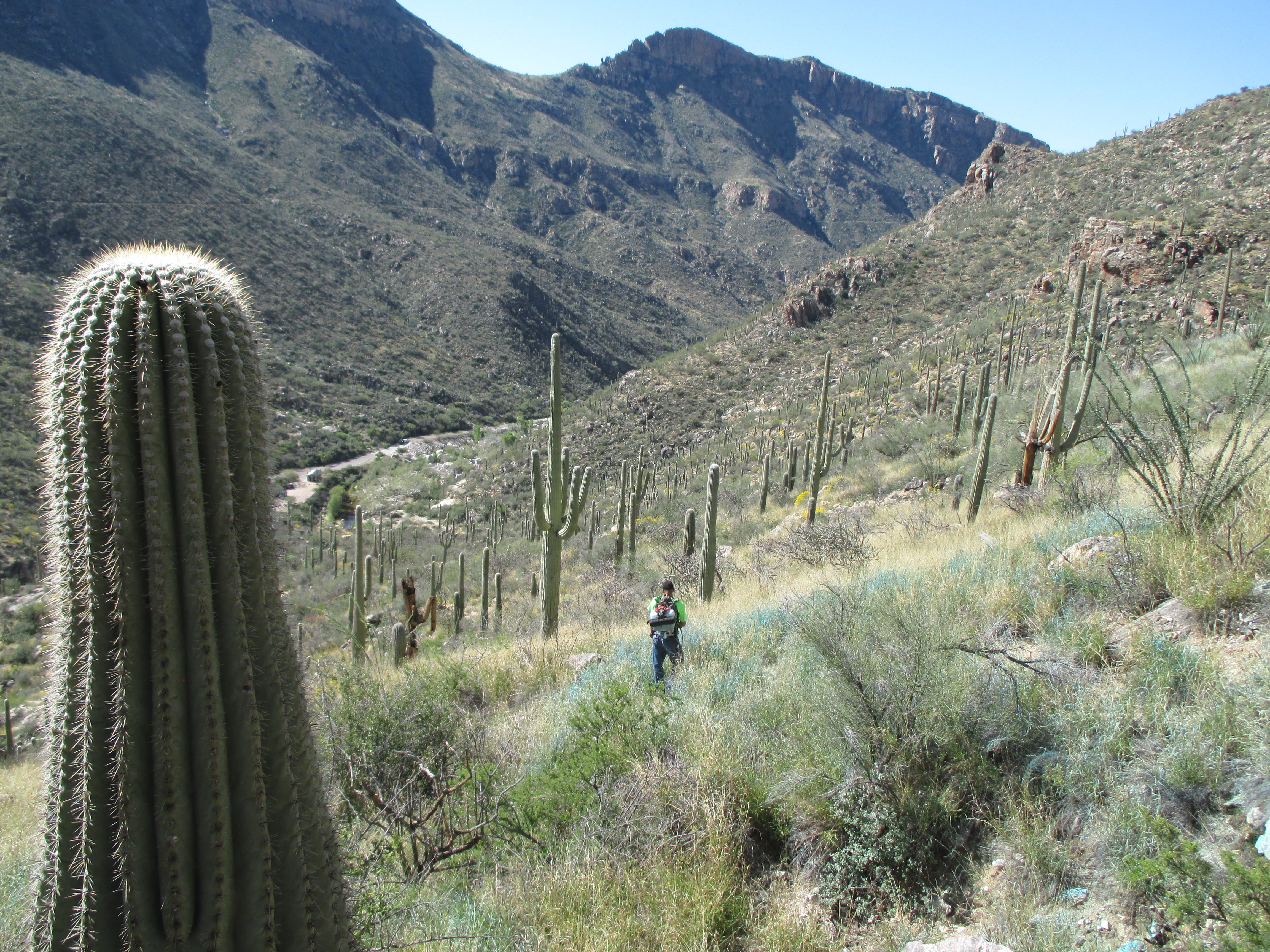
VEGETATION MANAGEMENT
– Surveys, inventories and treatments for invasive species for various federal lands, counties, cities, and private lands
– Work completed in five out of six Forests in Arizona
– Applicators certified in Arizona, Utah, New Mexico, Nevada
– Integrated Pest Management
– UTVs equipped for herbicide applications and seeding operations
– Backpack, cut stump, Right of Way and other treatments
– Thinning/Fuels reduction
– Native plant seeding and land reclamation
– Best management practices, monitoring, and inspections
Natural and Biological Resources Portfolio
Browse three examples of recent successfully completed natural and biological resources projects.
APS Oak Creek Distribution Line Rebuild Environmental Clearance and Biological Monitoring
EnviroSystems completed environmental clearance surveys in compliance with the Endangered Species Act for a proposed rebuild of APS’ distribution line in Oak Creek Canyon . Protocol and habitat surveys were conducted for Mexican spotted owl (MSO) and narrow-headed gartersnake (NHGS) , as well as several special-status plant species. Biological monitoring was conducted for NHGS during construction.
Brown Field Municipal Airport Wildlife Hazard Assessment, San Diego, California
EnviroSystems oversaw and participated in monthly point count avian surveys, game camera data collection, and nighttime spotlight biological Wildlife Hazard Assessment surveys for the Brown Field Airport, City of San Diego. Special attention was given to identify potential impacts to resident federally-listed species protected under the Endangered Species Act and a population of western burrowing owl.
Vegetation Inventory Study for Land Management District 5 in Coconino County, Navajo Nation, Arizona
EnviroSystems monitored established range transects to perform a vegetation inventory and assess current utilization on 32 grazing compartments of the Grazing District 5 of the Navajo Nation. Approximately 608,968 acres were surveyed through the collection of vegetation data at 690 transects based on soil type and composition.


